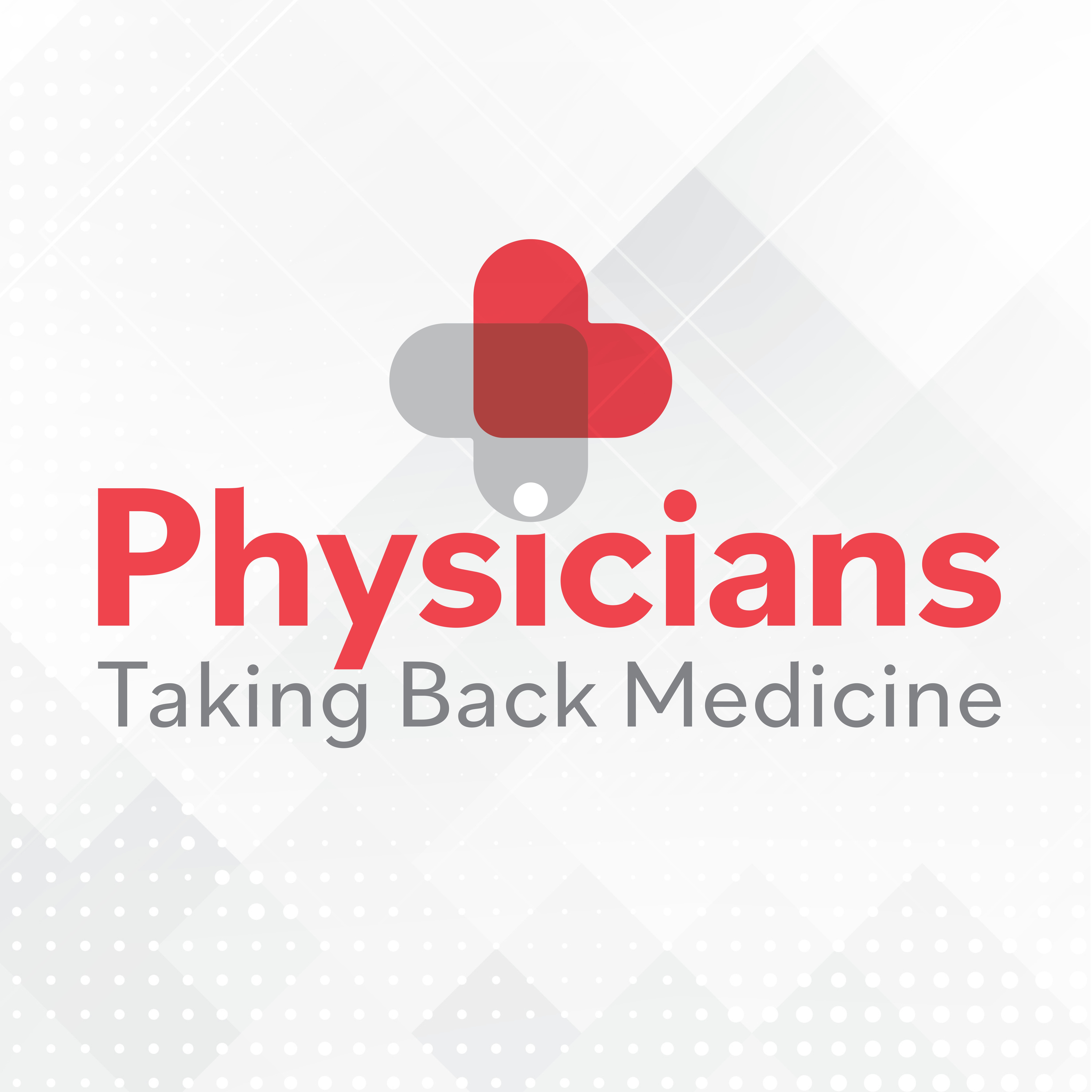Article
Financial Beat
Consumer Debt, Travel, Autos, Credit Cards, Taxes
Financial Beat
By Yvonne Chilik Wollenberg
Consumer debt: The bills are mountingwith no end in sight
Swearing off debt is almost as popular this year as vowing to drop some extra pounds. Twenty-eight percent of those responding to the Cambridge Consumer Credit Index said their most important New Year's resolution was to pay down their credit card bills, compared with 30 percent who wanted to lose weight and exercise more. Nearly 85 percent of all those surveyed in January said they planned to pay off at least a part of their debt, up from 75 percent a month earlier.
The good intentions come not a moment too soon. Consumer debt nationwide hit $1.65 trillion in November 2001, says the Federal Reserve, up 15 percent from the previous year. Nonrevolving credit, which includes auto loans, surged 18 percent, as car buyers responded eagerly to offers of zero financing from dealers.
What's more, the shopping spree may not be over yet. Nearly four in 10 responding to the Cambridge consumer survey said they planned a major purchase in the next six months. The survey is sponsored by the Debt Relief Clearinghouse, which refers consumers to debt management agencies.
Travel: More planes are on time
Airline passengers waiting in long security lines can at least look forward to fewer flight delays. Nearly 85 percent of domestic flights were on time in November, up from 73 percent a year earlier, says the US Department of Transportation. A drop in air traffic since Sept. 11 might be one reason for the better on-time performance.
TWA (now a part of American Airlines) had the best on-time arrival rate, at 88 percent, followed closely by Delta Air Lines and US Airways, both at 87 percent. The worst on-time record goes to Alaska Airlines, at 76 percent. Consumer complaints about airline service also dropped by 63 percent (to 516) from a year earlier.
Credit cards: Will you pay interest on a bottle of soda?
Your kids could soon find a new way to ring up your credit card billsat the soda machine. Pepsi-Cola North America is testing new vending machines that let consumers pay for a soda with a credit card, as well as with coins and dollar bills. If the concept works well in the test market, look for soda machines with a credit card slot at movie theaters, gas stations, and college campuses.
Taxes: Got a lot of time to kill?
If you need to figure out your tax return in a hurry, you might want to forget about calling the Internal Revenue Service. The average caller waited four and a half minutes before getting connected to an IRS representative in 2001, up from the average wait of just under four minutes the year before, says a report by the General Accounting Office.
The number of disgusted taxpayers who gave up waiting for someone to answer the phone nevertheless declined slightly in 2001 over the previous year. Only 18 percent of callers hung up before getting an answer last year, compared with 22 percent in 2000.
Autos: Turning on the lights in daytime could prevent a crash
Daytime running lamps have helped reduce daytime, multivehicle, non-rear-end collisions by up to 5 percent, says General Motors. The carmaker estimates that buyers of GM cars with daytime lights prevented 25,000 accidents since 1995, when the company began equipping vehicles with the reduced-intensity headlights. The lights, which turn on automatically when the car is started, are standard equipment on all new GM vehicles, making them easier to see in fog, rain, bright sunlight, or dusk.
The company has asked the National Highway Traffic Safety Administration to require the use of daytime running lights on all new passenger vehicles, trucks, and buses sold in the US. Daytime running lights are already mandatory in Canada.
The author is a freelance writer in Teaneck, NJ.
Yvonne Wollenberg. Financial Beat. Medical Economics 2002;4:11.





